The Latest Animation and Motion Graphic Trends


It’s safe to say that every industry across the world is utilizing animation and motion graphics in one way or another – and rightly so.
Both are incredibly powerful tools that help business owners creatively present their products or services. So, it’s understandable why they constantly evolve to match the needs of entrepreneurs.
Since keeping track of those developments, on top of managing a gazillion other tasks, can be challenging, we’ve compiled a list of the latest animation and motion graphic trends.
So, make sure you thoroughly read them, and who knows? They just might be the inspiration you’d ardently been looking for.
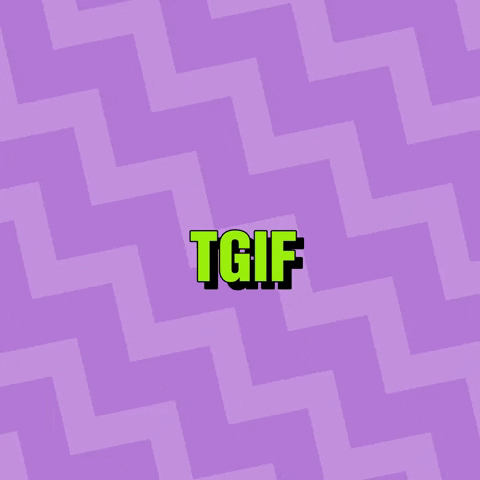
GIF courtesy: GIPHY
An animation technique that uses moving text to capture the audience’s attention, kinetic typography is all the rage these days.
Owing to its popularity, you might think it’s new; it isn’t. You’d be surprised to know that the first video to feature kinetic typography was Alfred Hitchcock’s 1959 feature film North by Northwest.
One of the primary reasons kinetic typography was absent from the mainstream media was because of the difficulties associated with bringing it to life.
The invention of cutting-edge tools eliminated that hassle.
Kinetic typography is commonly seen in websites, mobile apps, social media posts, and other platforms.
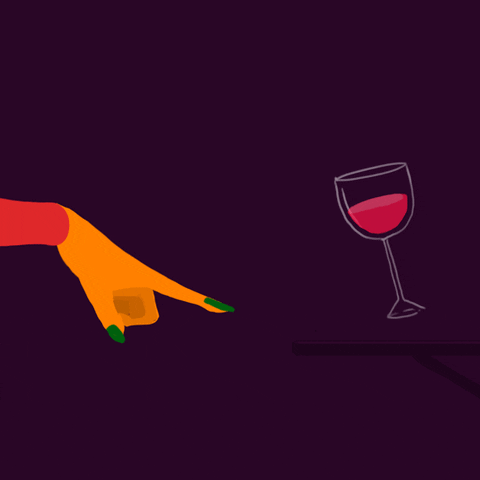
GIF courtesy: GIPHY
Some prefer calling it anti-gravity, while others use levitating objects. Regardless of the term, this animation technique looks pretty cool.
The anti-gravity effect makes it appear as if the objects in a video are floating in the air, supported by a force viewers’ eyes cannot see. And though the objects defy gravity, it doesn’t necessarily convey actual weightlessness conditions on Earth.
For example, let’s say you’re making a video about your recruitment platform. The script says, ‘After getting the job offer, Barb was on cloud nine.’
Following this line, using the anti-gravity effect, make Barb levitate in the air to drive your point home.
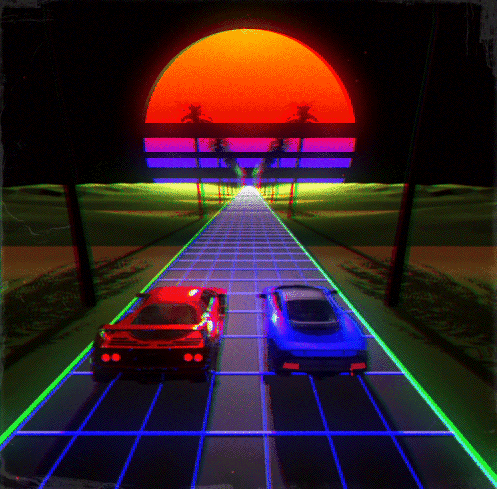
GIF courtesy: GIPHY
Nostalgia is a sweet thing, and it greatly influences viewers’ minds. Take a look at the list of Hollywood films released this year, and you’ll find many that were either sequels or prequels of some of the famous movies of the ‘90s.
In the animation industry, a technique following the same lines is retro animation. Think pastel tones, palm trees, and neon cityscapes – basically anything that reminds you of sci-fi TV shows that used to air in the ’80s.
Nailing retro motion graphics can be a bit difficult, though, since you only have to select from a few colors. But when done right, the result is an irresistibly charming animated video you’d never want to look away from.

GIF courtesy: GIPHY
Animated videos made using a blend of 2D and 3D aren’t a new trend. So, why include it in the list? Well, that’s because it still attracts millions of eyeballs, as demonstrated by countless animated commercials, movies, and TV shows, primarily Arcane: League of Legends.
One of the most appealing things about this fusion is that it caters to different audiences. So, whether you use it in your social media post or website, the combination of the two animation techniques is guaranteed to win people over.
There are plenty of design options and color palettes in 2D and 3D animation, leaving you to be as creative as possible.

GIF courtesy: GIPHY
A few years ago, it would’ve been practically impossible to venture into complicated graphic motion designs, namely liquid motion. Fortunately, that’s not the case anymore.
Creating on-screen movements that mimic fluid behavior, which is what liquid motion is all about, has become extremely common. And watching these splashy characters appear on screen is quite mesmerizing, almost hypnotic.
Liquid motion is not confined to animated videos; developers also incorporate the design by producing a fluid effect when users click something or hover the mouse on it.
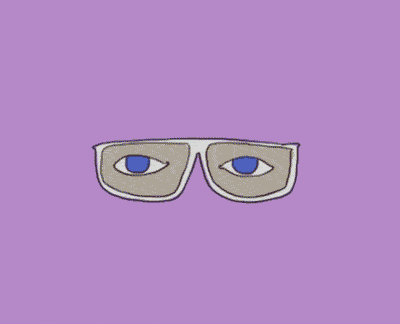
GIF courtesy: GIPHY
As evident from the name, objects or characters change appearances in this animation technique by transforming into something else. Other things that animators make morph include logos or images.
Due to morphing’s unique appeal, viewers can’t help but watch the video – or any other medium in which it’s used – until the end. This trend is especially helpful if you use it on a website.
It keeps visitors engaged and encourages them to stay for long, enhancing your search engine rankings.
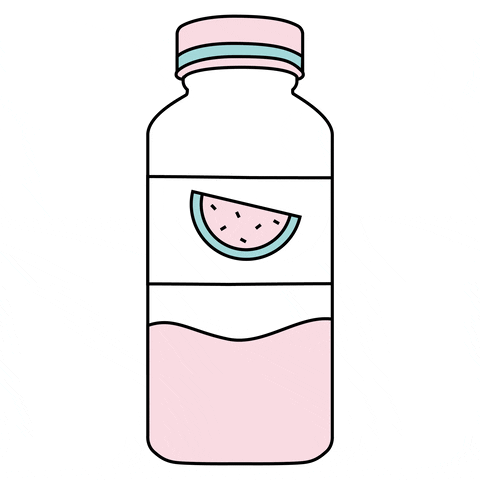
GIF courtesy: GIPHY
Animated videos made from thin lines are minimalistic and charming yet effective, making it easier to understand why this technique is loved by many.
Although using thin lines isn’t restricted to specific videos, explainer videos significantly benefit from this trend. Since the idea of creating an explainer video is to convey complex information in an easy-to-understand way, there’s nothing more sophisticated than thin lines.
Employing thin lines makes it look like the video is made using the traditional hand-drawn method, which everyone enjoys watching.

GIF courtesy: GIPHY
Throwing out the idea of creating perfect characters, the grain effect or the grain texture technique involves making objects as close to the real world as possible, down to their imperfections (called noise in this context).
Videos made with the help of the grain effect can help you stand out and gain a competitive edge.
The raw imagery shows that you’ve worked hard on the video, and viewers will appreciate and find it welcoming.

GIF courtesy: GIPHY
Isometric design is a fantastic animation technique that cleverly blends 2D and 3D styles. It does so by representing 3D elements in a 2D background.
You’ll notice this trend commonly used in videos features houses or buildings, providing viewers with a bird’s eye view. So, if you serve the health care, real estate, or construction industry, use isometric design to emphasize the details.
The animation industry is constantly evolving, and businesses that don’t adapt to the changes are left far behind. As such, you must keep an eye out for the latest trends so that you can use them.
This way, not only will you establish your business’s authority but also remind customers that you’re a credible source of information for all things related to animation.